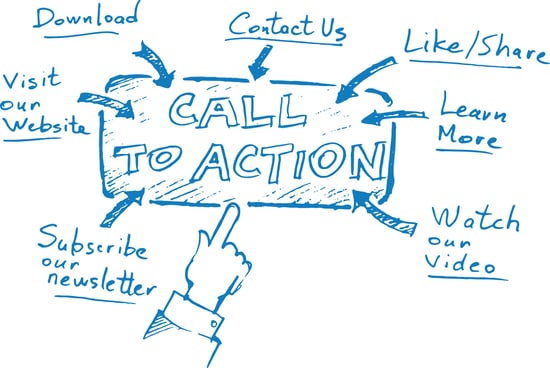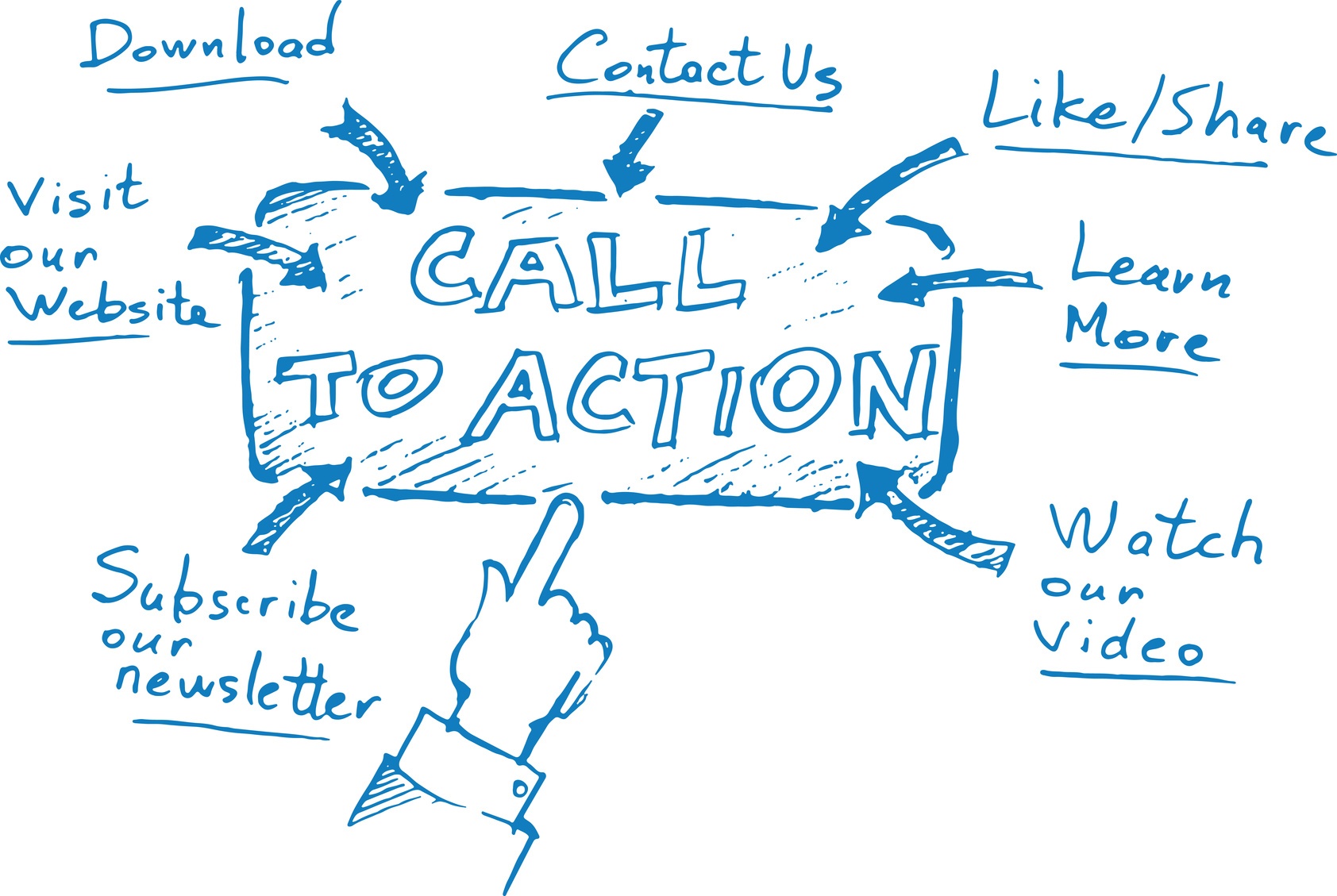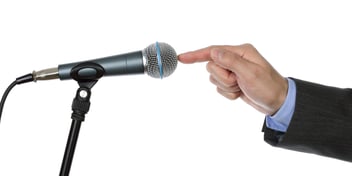Do You REALLY Know The Best Way to Use These Call To Action Elements?

There are plenty of resources online that will tell you the “best” options for calls-to-action. These best practices are based on thousands of CTAs, websites, and data driven by closed loop marketing.
Here is just a sampling:
They are great as a starting point. But every business, every website, every market may have its own peculiar nuances that vary at least slightly from the “average” that best practices are designed to address. The only way to know if your business, website and market are “normal,” or if you need to change it up to improve your inbound marketing results, is by conducting A/B tests on your calls-to-action.
Here is a refresher on the basics of A/B testing for inbound marketing: Do You Prefer A or B? How to Use Testing to Improve Marketing.
Ready to go? Here are five elements of your calls-to-action that you should test against best practices before making a final decision.
5 Call-to-Action Elements to Test
1. Placement of CTA
Best practice says: Eye-tracking studies routinely show that the best placement for online ads, or any important website content, is in the upper left — the place where English language readers are accustomed to starting each page.
Test against these alternatives: While upper left may be the first place people look, they can also become accustomed to overlooking CTAs that are always in that same place.
Think instead about the natural flow of their attention, and test using calls-to-action in other locations, such as:
-
To the right of an offer description in a page of text
-
As a banner above the page’s main header
-
As a slide-in that appears as the reader moves down the page
Plenty more potential CTA placement opportunities are outlined in this blog post: 11 Places You Should Be Using Calls-to-Action.
2. Size of CTA
Best practice says: Size of a CTA button will be dependent in part on the style of button (simple single-word text vs. including an image), but should be proportionate to the rest of the page.
Test against these alternatives: Buttons that are too small can be overwhelmed and overlooked, especially on a webpage filled with engaging images, but CTAs that are too large risk being garish and cheapening the message they present. The best way to find out what your readers respond to best is by testing your current CTA button size against a larger or smaller button, making the size difference large enough to be noticeable and offer a valid test.
3. Color of CTA
Best practice says: Whether there is any one best color is open to debate; some designers point to red, while other sources say orange and green offer the best clickthrough rates. The constant is contrast: Make sure your button doesn’t blend into the background.
Test against these alternatives: Contrast can be created in many different ways, depending on the design of your website. Consider testing:
-
Dark CTA on light background vs. light CTA on dark background
-
Contrasting border vs. solid color
-
Red vs. orange
-
Blue vs. green
4. Copy on the CTA
Best practice says: The standard advice for text on CTAs is to keep it clear, active first person and short. That’s a tall order, but by testing the old standard (and not recommended) “Submit” against other alternatives, you can find what resonates best with your customers.
Test against these alternatives:
-
Offer clear benefits — “Start saving” or “Build your dream home.”
-
Create urgency — “Don’t miss out” or “Be the first.”
-
Use first person verbiage — “Get my quote” or “Download my book.”
-
Make it active — “Jump on this opportunity” or “Plan my tour.”
See our Top 10 Ways to Write a Compelling CTA for more ideas.
5. Graphic elements within CTA
Best practice says: Graphic elements can add meaning and strengthen the message of a call-to-action, but be careful not to confuse readers by using icons that may not directly connect with the message.
Test against these alternatives:
Test a button in your standard shape and text a different layout or a button that includes a graphic to see if it increases your clickthrough rate. Ideas to try include:
-
A unique shape, rather than the standard rectangle with rounded corners. Try a circle, triangle or other shape for the button.
-
Include a graphic element or image such as a photo of the offer or an icon demonstrating what the button does (download, audio, purchase).
-
Use an arrow to bring attention to the CTA button.
As you are testing your call-to-action elements, keep in mind these four A/B testing mistakes you need to avoid:
-
Conducting multiple tests at once
-
Testing multiple variables at once
-
Overlooking small changes
-
Being afraid to test something big
Learn more about using effective A/B tests to improve not only your calls-to-action, but also other aspects of your inbound and digital marketing campaigns in Introduction to A/B Testing for Marketing Optimization.
What was the last marketing element you tested? Did you find ways to make it even better?
-1.png?width=1652&height=294&name=Jones(RGB)-1.png)












